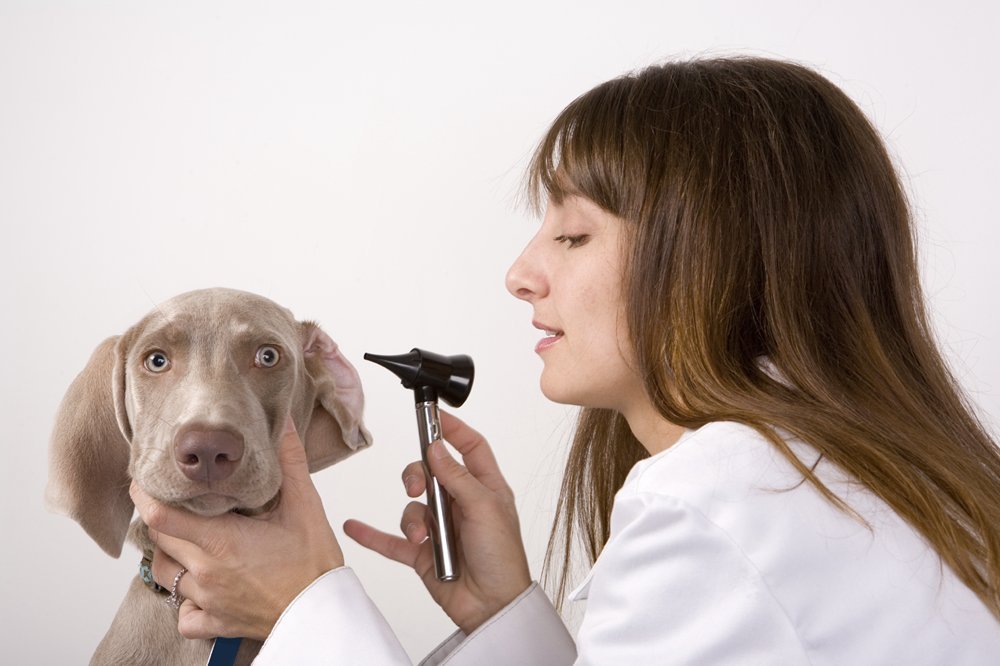Vertigo in Dogs
Canine vertigo or vestibular disease refers to a sudden, non-progressive disturbance of balance. More common in older dogs, it’s often referred to as old dog vestibular syndrome and canine idiopathic vestibular syndrome.
What, then, is the vestibular system? It’s the system responsible for maintaining a dog’s normal balance with central components located in the brain and peripheral components located in the inner and middle ear.
Most dogs suffering from vertigo will exhibit a sudden loss of balance, disorientation, head tilt, and irregular, jerking eye movements called nystagmus. Many of them will be reluctant to stand or walk while most of them will lean or fall in the direction of their head tilt.
The possible causes of canine vertigo include middle or inner ear infections, trauma or injury, drugs toxic to the ear, hypothyroidism and tumors. When no specific cause for a dog’s condition can be determined, it’s referred to as canine idiopathic vestibular syndrome. Why? Because the sudden onset of the above-mentioned signs show a subsequent and rapid improvement with little, if any, medical intervention.
Diagnosing vestibular disease is based on a dog’s medical history, his clinical signs, and the results of blood and urine tests. In some cases, diagnostic testing may also include blood pressure measurements and head x-rays to assess the appearance of the middle and inner ears and the tympanic bullae. Occasionally, a CT scan or MRI will be performed to look for tumors or other abnormalities. Brainstem auditory evoked response (BAER) testing may also be performed in some patients.
Treating the condition is directed at its underlying cause -- provided that one can be identified. In severe cases, supportive therapy such as intravenous fluids and hospitalization may be required until the affected dog can eat and walk on his own again. If he’s seriously disoriented or ataxic (stumbling and unable to stand or walk), he may be given sedatives to help him relax as well as drugs that combat nausea or motion sickness. If he’s suffering from a middle or inner ear infection, antibiotics will be used to combat it and clear it up.
The clinical signs associated with canine vertigo are often most severe in the first twenty-four to forty-eight hours, with many dogs starting to improve within seventy-two hours. Their head tilt and stumbling often improve over the course of seven to ten days. And although most ailing dogs recover completely within two to three weeks, some dogs will have residual symptoms like that telltale head tilt or mild “wobbling” for the rest of their lives.
If, however, a dog doesn’t improve or his condition worsens, a more severe, underlying disorder may be the culprit. In this case, advanced diagnostic testing should be pursued along with a referral to a veterinary neurologist.


